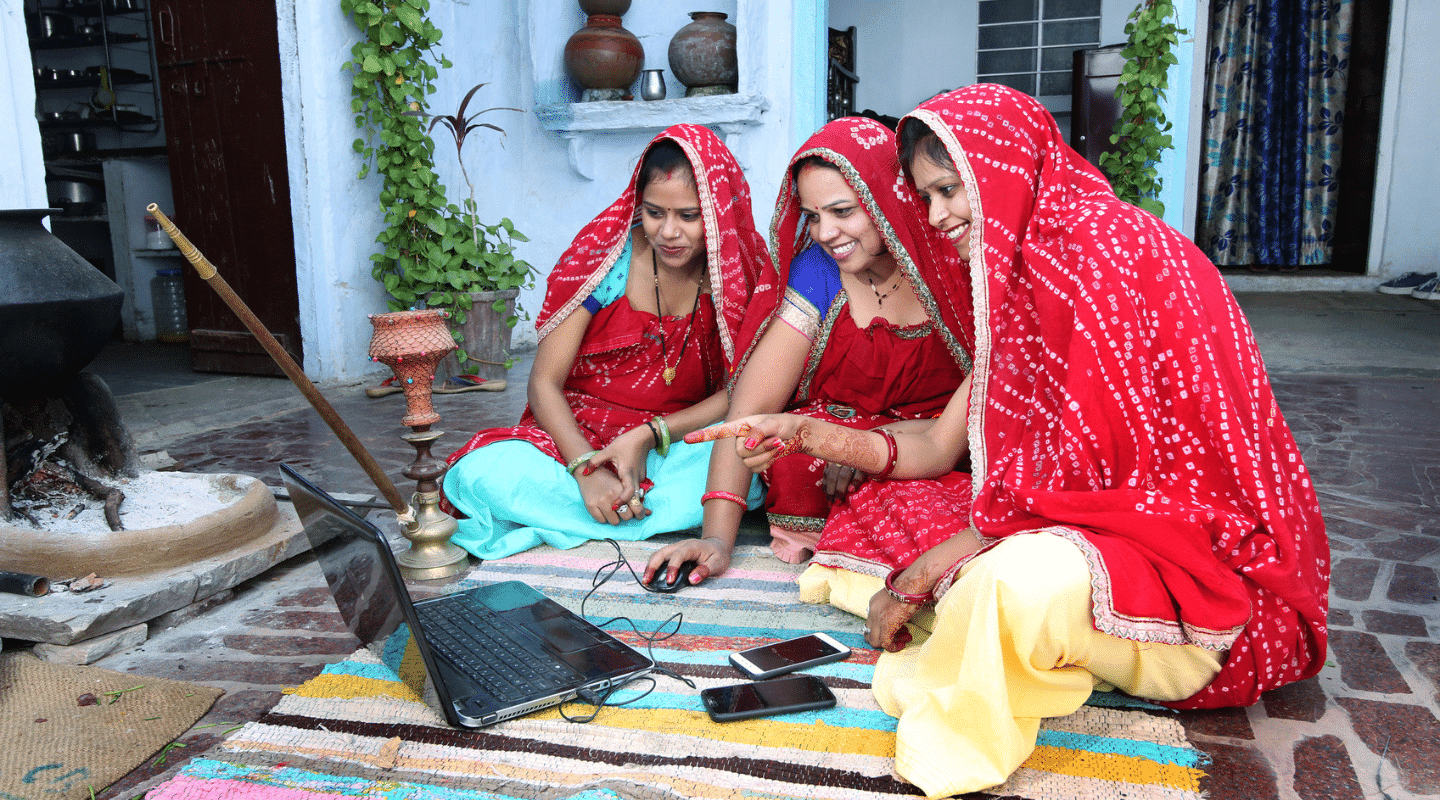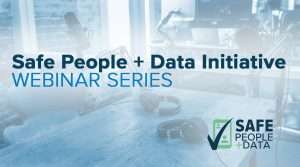- Last Updated: July 10, 2025
Get your data collection team prepared to achieve success in the field.
Imagine your field team goes out to collect data in a remote area and discovers that their mobile devices can’t connect to the internet. Would your enumerators immediately know how to deal with unstable internet? Or would that hiccup derail your project?
Good enumerator management is key to successful data collection, and it keeps fieldwork research and development projects on track when unexpected conditions arise.
Enumerator management best practices:
- Choose enumerators who are the right fit for the context.
- Use enumerator insights to build the survey.
- Conduct a risk assessment.
- Build an enumerator training manual.
- Train and assess your enumerators before sending them into the field.
- Nurture relationships.
1. Choose enumerators who are the right fit for the context.

In certain regions, it may be inappropriate for a female to interview older males. In this case, you’d need to bring on male enumerators. Likewise, there are many situations where vulnerable respondents feel more comfortable speaking with female enumerators. However, gender isn’t the only factor to consider.
Factors to consider when selecting enumerators include:
- Gender
- Ethnicity
- Religion
- Background
- Languages spoken
- Political beliefs
Hiring enumerators who are the right fit for the project context is critical. If respondents don’t feel comfortable speaking with the enumerator, they may refuse to participate in the interview. Or, they may lie — and you could end up building your program on bad data.
With food security surveys, respondents may think they’ll get more aid by exaggerating their need. An enumerator can provide an observation like, ‘“He said they have nothing, but I saw a bunch of cows on the property."
Amber Liskey
Additionally, enumerators who deeply understand the local culture notice details and cues an outsider wouldn’t — allowing them to provide richer observation data:
- The respondent’s comfort level
- How truthfully the person answered
- How well the person understood the questions
- Who else was in the room who may impact answers
- Which physical objects were at odds with the person’s story
2. Use enumerator insights to build the survey.
Before joining SurveyCTO, my role required me to manage enumerators from afar. When you’re not embedded in the survey area, there’s so much you can’t possibly know — for example, in a certain village, it may be taboo to ask a woman how many children she has. If possible, bring on your enumerators as you build the survey to ensure your survey questions make sense within the specific context of the project.
Involving enumerators in project planning can also help you to avoid mistakes that could jeopardize the physical safety of both respondents and enumerators. Enumerators can provide inside tips like, “If I go door-to-door carrying a notebook, it may arouse suspicion.” In this case, your organization may decide to ditch pen-and-paper in favor of cell phones with a mobile survey app since they’re a more discreet solution.
3. Conduct a risk assessment to understand what could go wrong.
Prior to sending enumerators out to collect data, identify potential risks as well as ways in which those risks can impact your project. Ask yourself questions like:
- What happens if we unexpectedly lose access to the internet while in the field?
- Do we have a communication plan to keep everyone safe?
- Is there a town nearby where enumerators can go in an emergency?
- Who will call headquarters to update management on the situation?
Not only will going through this exercise allow you to anticipate and plan for different scenarios, but identifying risks is a prerequisite for designing effective enumerator training.
4. Build an enumerator training manual.
Create a training manual you can share with your enumerators. (This Guide For Enumerators is a great reference if you’re just starting out!)
An effective training manual should:
- Have a table of contents with page numbers so that enumerators can quickly find the information they need when they need it
- Break the information up into digestible chunks (e.g., before the interview, during the interview, after the interview)
- Use images, graphics, or charts to help enumerators understand concepts (this is especially important when using technology or an app like SurveyCTO)
- Explain what to do in case of emergency
- Include question-by-question annotation to provide additional context and guidance for enumerators in an easy-to-reference format
The question-by-question annotation is critical, especially for organizations that are still doing pen-and-paper surveys. Say an enumerator needs to collect upper arm circumference data. A mobile survey app will flag unrealistic measurements so the enumerator can re-measure. An enumerator using pen and paper will need to spot inaccurate measurements on their own — and for that, they need to reference a range.
5. Train and assess your enumerators before sending them into the field.
In addition to walking enumerators through the training manual, you’ll want to do field practice to ensure the survey will run smoothly. Managers should conduct mock interviews with enumerators, and enumerators should conduct mock interviews with each other. An observer can take notes, which they’ll share with participants at the end of the session.
The goal of field practice is twofold:
- To troubleshoot and correct issues with survey questions or technology
- To build enumerator confidence and let them practice following protocol
6: Nurture relationships.

When I managed enumerators, I checked in with them occasionally to ask “How are you doing?” Checking in can help you to build strong relationships. After a while, the enumerators I worked with would send me pictures when they got married or had a child.
One time, an enumerator reached out to see why I hadn’t greeted him in a few months. I realized then that it was so important to keep that connection going — even after the project ended. A lot of times, these folks experience hardship and environmental challenges, so checking in with them shows them you care.
Research shows that having a caring manager who cares about what’s going on in your life boosts employee engagement. And when an enumerator views you as caring, they can be more receptive to constructive feedback.
Improving enumerator management is a worthwhile endeavor
As someone who’s collected data in the field and managed enumerators, I’ve seen firsthand how improving enumerator management is a worthwhile endeavor. A well-trained and well-managed field team ensures:
- Data quality, enabling you to make sound decisions and build programs that change lives for the better
- Data security, so that sensitive personal information doesn’t fall into the wrong hands and jeopardize the safety of the people you work so hard to help




